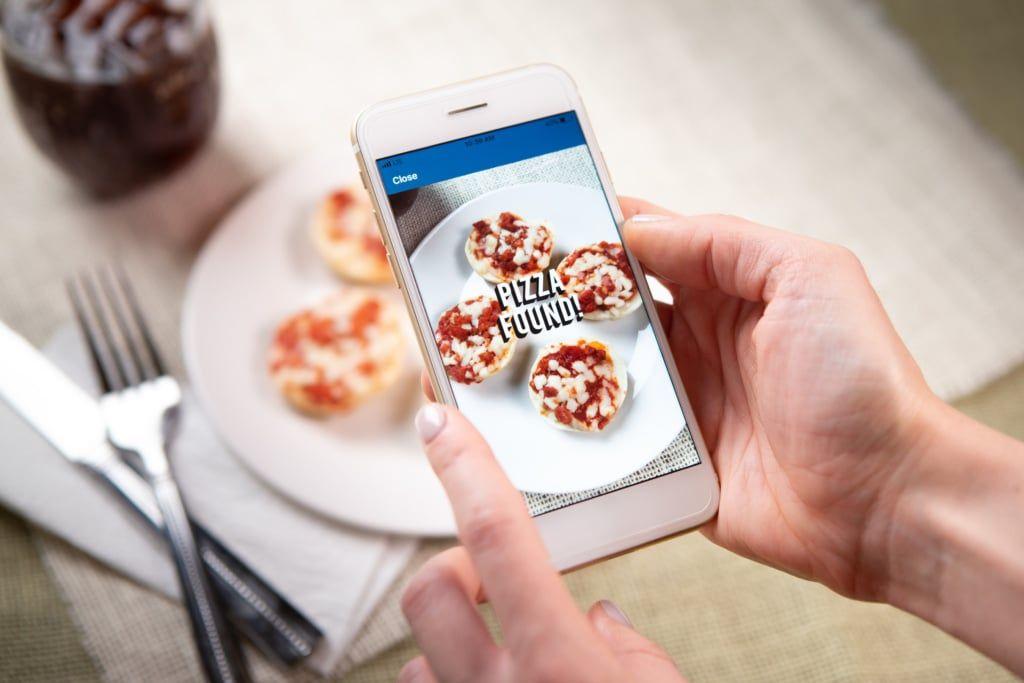


Gender stereotyping in APAC versus increased diversity on the London underground; we dissect the week that was in the Round-Up.

Source Shutterstock
There is nothing like the results of a consumer study to make a brand or, in this case, an industry, realise that they are not quite as ‘with it’ as they had thought. And the release of Kantar’s 2019 AdReaction report in the APAC region, which highlighted the differing opinions of advertisers and consumers when it came to representation of gender in media, has done just that. On one side, patting themselves on the shoulder for their self-perceived innovative approach, 83% of marketers believe that they avoid adverts that pertain to gender stereotypes. On the other hand, 63% of the audience, for which these forward-thinking ads are intended, stated that they were rife with gender stereotyping. The result is a serious gap in marketers’ knowledge of what their audience think or feel.
Head of creative for Kantar’s Insight Division in APAC, Irene Joshy, says that marketers don’t do much to effectively amend this use of unwanted stereotyping. “Busting gender stereotypes doesn’t need to mean a brand has to take a drastically different direction, or specifically cater to only men or women. Instead, ads need to be built out of consumer truths, with the right cultural nuances and tested carefully to ensure they connect with audiences. We shouldn’t assume anything.” However, whether they do it or not, is a totally different matter.

Source Holland & Barrett
Earlier this week, healthcare retailer, Holland & Barrett, was crowned the winner of TfL’s The Women We See competition, with their entry Me.No.Pause. Its second year running, The Women We See aims to increase diversity in advertising by providing brands with a platform to share their message and promote further visibility of women in media. The platform in question includes £500,000 of digital and OOH around London’s transport services, a coveted position for any brand to be in.
Holland & Barrett’s scored the top prize by tackling what the brand has dubbed “the last taboo” – the open discussion of the menopause. Aiming to empower women facing the transition, the visuals feature an array of women from varying backgrounds in an assertive pose, ready to take on the challenges the menopause brings. The accompanying copy points them towards Holland & Barrett’s natural remedies, available to support them through.

Source Hotel Bellora
Fancy a free hotel stay in Gothenburg’s luxurious Hotel Bellora? The insurance company, Länsförsäkringar, are giving guests the opportunity to do just that. The Check Out Suite is now taking reservations and offering some pretty amazing deals to customers. The only catch (of course there has to be a catch) patrons of the suite must keep their screen time to the absolute bare minimum during their stay. Yes, you heard right, Hotel Bellora will be charging customers based on their screen time, or more aptly, their lack of screen time during their visit. The Check Out Suite comes equipped with a smart lamp that tracks as you surf your phone and the more you surf the more you pay. A novel idea? We think so, with unrelenting reports of humans choosing online over offline communications, why not put the phones away for one weekend?

Source Dominos
And they aren’t picky about where it comes from – at least that’s the message they are serving up in their campaign, which promotes their new app. The app, which is launching ahead of what is considered to be one of the biggest pizza parties of the year – The Super Bowl – is encouraging fans of the cuisine to celebrate their good taste by signing up to the Piece of the Pie Rewards loyalty scheme. Once they've signed up, Domino’s wants diners to upload pictures of their pies to the app, use the AI-powered pizza identification feature to scan their pizza and receive loyalty points on their account, which can then be traded in against future orders with fast food brand.
The pizza is question doesn’t even have to be from Domino’s. The pizza giant will swap points for anything from homemade authentic thin crusts to the mere modest pizza bagel. Putting category love in front of brand love, Domino's just wants The Super Bowl audience to enjoy their favourite game time snack, and hand over their data, of course.

Source Shutterstock
The beat goes on, but the trend of nostalgia marketing is very much here to stay, according toEntrepreneur.com, and it’s all down to millennials. Our early-80’s to mid-90’s babies cannot get enough of the past and this comes down to the technological strides that have been made in front of their very eyes. From mixtapes to playlists, disposable cameras to the Huji App, millennials have experienced a faster rate of change than any generation before and, for that reason, cling to what once was. But they are just one segment, what about the next?
Generation Z is slowly gaining buying power in the market but, having been absent for the days of CD’s and stereos, they do not have the same connection to the past. Enter fauxstalgia, the new hook reeling in our younger audience set. Fauxstalgia is “the yearning for a time in the past, even though you may never have experienced that time directly yourself,” and is a necessary emotion to take advantage of if you’re attempting to reach an audience who are yet to experience much at all.
Epsilon’s creative team focused on both of these feelings when constructing a client DM last year for the Fifa World Cup. To find out how we evoked real emotion from our audience through nostalgia, check out our blog post here.
Like what you see? For more industry insights and updates subscribe to our blog.